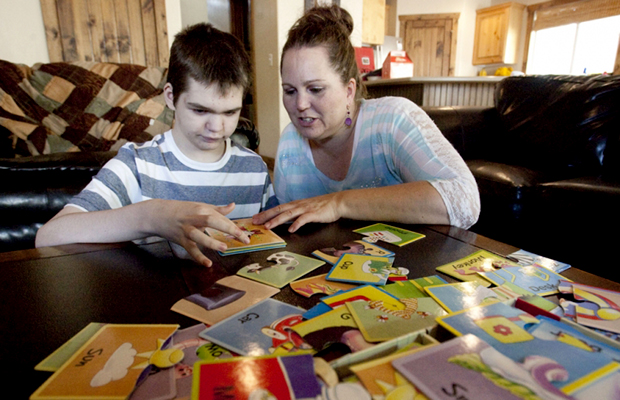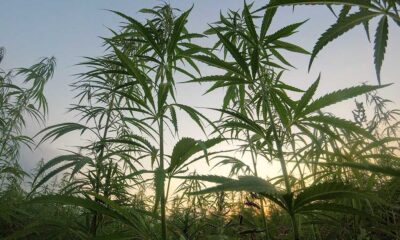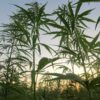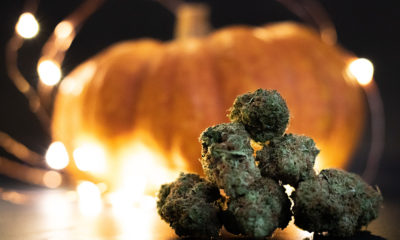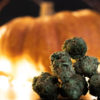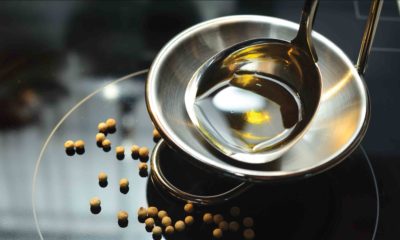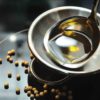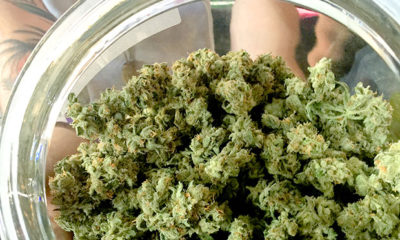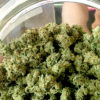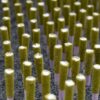Medical
Utah High-CBD Medical Marijuana Bill Allows Patients to Possess Medicine But Not Legally Obtain It
Jennifer May builds a puzzle with her son, Stockton, in Pleasant Grove, Utah. Stockton suffers from debilitating seizures that keeps him from going to a full day of school and has severely stunted his development to that of a toddler. May is leading a push to draft a measure to be introduced in the Utah legislature that would allow her to bring back a liquid form of medical marijuana from Colorado that is working for children with the same syndrome. Photo by Steve Griffin/The Salt Lake Tribune
Yesterday, Utah representative Gage Froerer (R- Huntsville) filed the text of House Bill 105, which aims to legalize high-CBD cannabis for medicinal use in the state. The demand for “no high” marijuana, was spurred by a CNN special hosted by Sanjay Gupta, which highlighted high-CBD marijuana extracts as a powerful tool to treat epileptic children.
The move is part of a wave of legislative initiatives in conservative states to legalize high-CBD marijuana.
WATCH: Sanjay Gupta “Weed”
Following the special, Francis Filloux, chief of the division of Pediatric Neurology at the University of Utah supported the legalization of high-CBD medicines, issuing a public statement supporting the use of “Alepsia:”
“I would like to express my strong belief that [cannabidiol]-based oil (referred to here in Utah as Alepsia) should be available as soon as possible to Utah children with severe epilepsy. The substance is not psychoactive or hallucinogenic, it contains less THC than do other materials that can be legally purchased in Utah, and it has absolutely no abuse potential.”
The bill was originally rumored to legalize Alepsia, a high-CBD extract produced by a single producer, Realm of Caring (ROC), featured on the CNN special. Alepsia is a cannabis extract made from Charlotte’s Web, a high-CBD marijuana strain bred by ROC. There are a variety of high-CBD strains already available in legal markets, such as Harlequin, AC/DC, Cannatonic and others, that have been extracted into foods, tinctures and capsules for consumption.
The bill was filed in December although text was not released until yesterday. It is expected to pass through all levels of the legislature easily and would go into effect July 1, 2014 if passed. The bill proposes amending the Utah Controlled Substances Act and Utah Health Code to allow patients of all ages with a statement signed by a physician to obtain a “Hemp Extracts Registry Card.”
The bill does not, however, provide a means for manufacturing or distribution the high-CBD marijuana, referred to in the bill as “hemp extracts.”
According to Conor Boyak, president of the Libertas Institute, the bill fails to establish means of supply and distribution in the state.
“Basically, it allows them to possess it. To get it though, [patients] would have to obtain it elsewhere, such as out-of-state suppliers,” Boyak says.
Boyack says the medicine could potentially be shipped, but the bill does not explicitly lay out the framework and none has been proposed at this time.
Neighboring Colorado, where retail sales of cannabis began on New Year’s Day, may be the closest location for Utahns to purchase the medicine legally. However, high-CBD medicines are unlikely to be available at recreational shops in Colorado and Utah citizens cannot legally purchase medical marijuana at Colorado dispensaries. Following legalized recreational sales, the State of Utah beefed up security along the Colorado border to prevent marijuana purchased in Colorado from entering the state. Exactly how Utahns are supposed to secure safe access to the “hemp extracts” is unclear at this time.
“The gray area is, this isn’t really a hemp product,” says Adam Wong, owner of SLC Hemp. “The way it is being grown isn’t for hemp, it’s medicine and they are growing it for resin, albeit low in THC and high in CBD. This is a medical cannabis plant that has been bred down to now classify under the same status as industrial hemp. Utah is taking a different approach and just calling it hemp.”
Wong adds that he is curious to see how the bill’s implementation plays out, specifically since the text of the bill makes no mention of the marijuana, cannabis, Alepsia, THC or CBD specifically, instead referring to it as a “plant extract” and a “hemp extract.”
Both marijuana flowers and industrial hemp are members of the cannabis family, but industrial hemp does not produce cannabis flowers, which are smoked recreationally for their THC content and ingested in various forms medically for their total cannabinoid content.
Patients are arguing that legalizing CBD rather than medical marijuana containing all 60+ cannabinoids found in the plant’s resin does a disservice to Utah’s sick chronically ill.
“There is no evidence that isolated CBD is more effective than CBD in conjunction with the other cannabinoids,” says Christine Stenquist, Director of the Drug Policy Project of Northern Utah. “THC has been proven to have medical applications as well.”
Stenquist suffers from post-op pain due to partial removal of a brain tumor. She also suffers from chronic migraines and Fibromyalgia
“Patients in Utah know that medical marijuana works, and they want to have safe access to it. This bill does nothing to help Utah’s most vulnerable legally obtain the medicine that works for them,” Stenquist adds.



